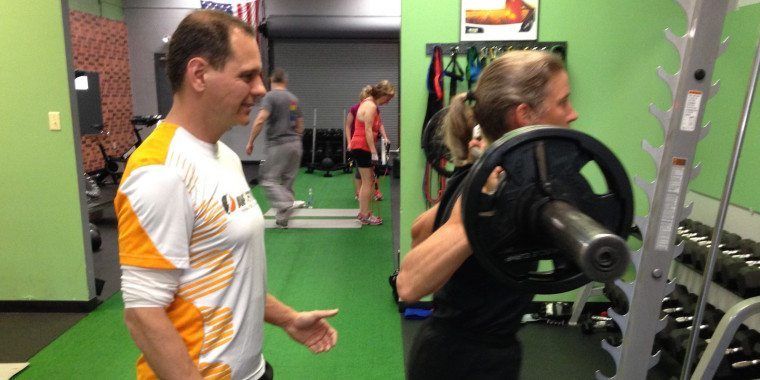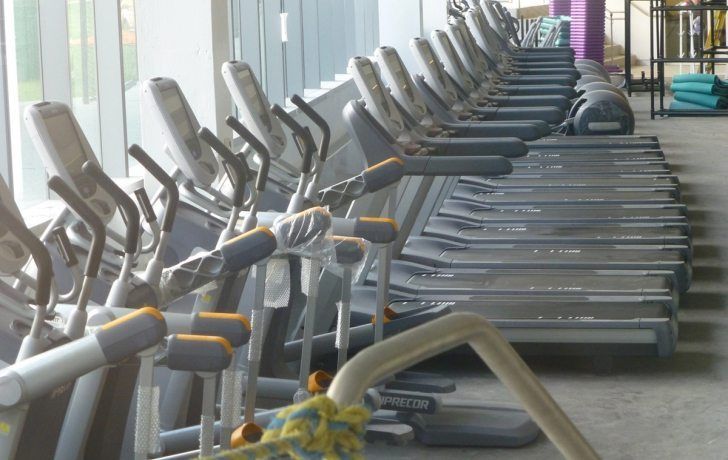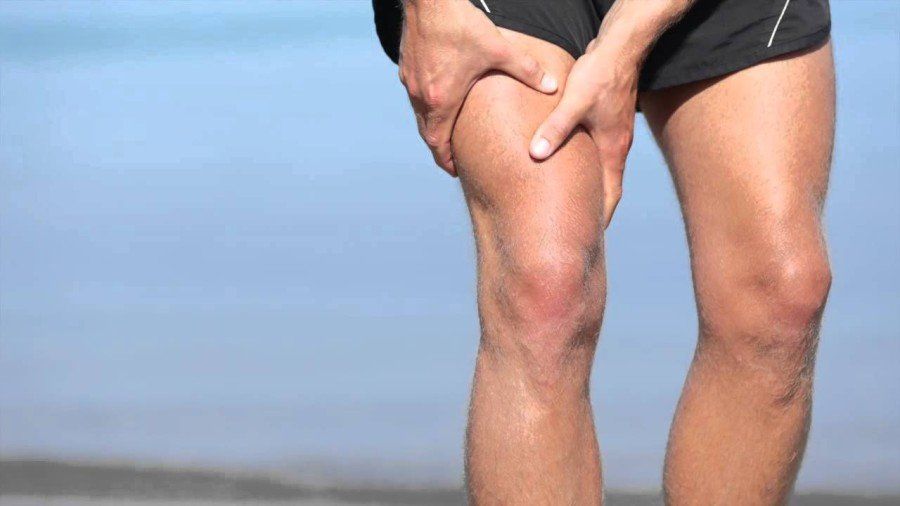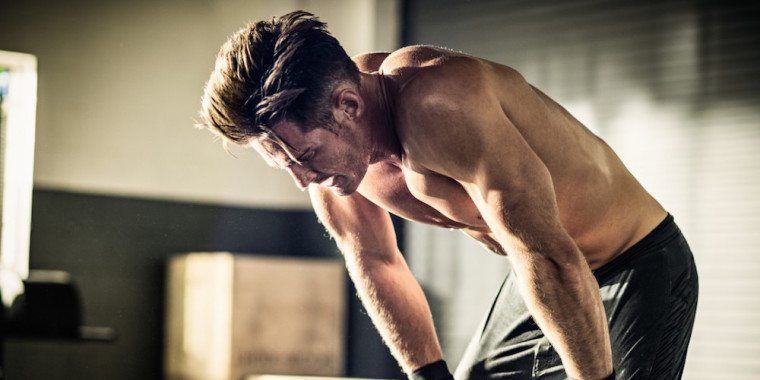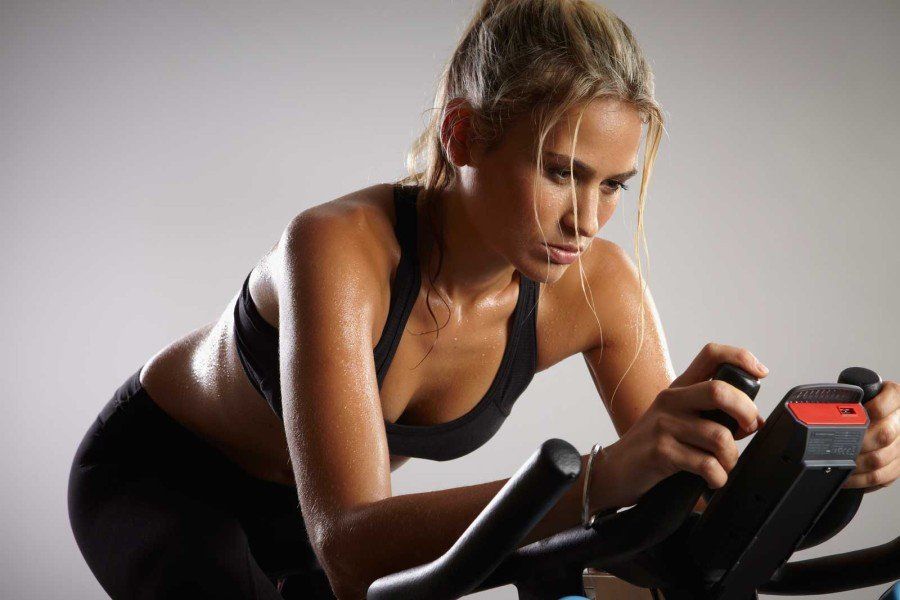You’ve finished your schedule workout and now you want a high-intensity exercise to help add an extra boost to your cardiovascular fitness.
And then you see them: the indoor bike and the treadmill.
But which one is best for you? While both pieces of equipment will help, each offers different benefits, according to sportsmedicine.com.
Indoor Cycling
Body benefits: You’ll build cardiovascular fitness, muscle strength and stamina with indoor cycling.
Cycling uses both the quadriceps and hamstring muscles during a full pedal stroke, as well as your glutes and hip flexors. It’s low impact so it’s easier on your joints than running. Your abdominal muscles will help you maintain proper posture and breathe right, which in turn helps with stamina; however, your back and the bike itself offer additional support in these respects. Your arm muscles play less of a role, serving primarily to help balance you while you’re seated and stay steady as you shift from a seated to a standing position.
Weight-management perks: Indoor cycling classes are incredible calorie burners because they often include high-intensity intervals. You can expect to burn 400 to 600 calories during a 45-minute class; if losing weight is your goal, this is a great choice.
Surprising strengths: The camaraderie and instructor coaching in an indoor cycling class can help you work harder than you might otherwise and continue coming back for more.
Playing it safe: If you have lower back, hip, or knee problems, indoor cycling is a great choice since there’s no impact—but you may need to modify the resistance and body positions that are used to avoid further strain.
Your best bet is talk to your personal trainer about this concern before you start.
Treadmill Running
Body benefits: Besides providing a great cardiovascular workout, running is a weight-bearing activity, which means it has bone-building benefits. It relies on the quadriceps and the hamstrings to generate strides, as well as the glutes to power them continuously. The calf muscles are a primary generator of force in running, much more so than in cycling. Runners rely on their abdominal muscles more than cyclists do, primarily to help them stay upright. With running, the muscles at the front and back of the upper arms (the biceps and triceps) play a powerful role in propelling you along.
Weight-management perks: Running is one of the most efficient ways to incinerate calories but the effects depend largely on your pace. In 45 minutes, a 150-pound person can burn 357 calories jogging at a pace of 12-minute miles, 459 calories running 10-minute miles, and 587 calories doing 8-minute miles. Crank up the speed to 7 or 7.5-minute miles and you’ll torch closer to 700 calories in 45 minutes.
Surprising strengths: There’s no need to fit a scheduled class into your day—you can do a treadmill run whenever it works for you. And you can do your own thing, increasing the incline or picking up the pace as it suits you (or both), which will bring you even greater fitness and calorie-burning benefits.
Playing it safe: Because running is a high-impact activity, it can be hard on your joints, especially your knees and hips. To ease the jarring and impact, be sure to run with proper form and wear good quality running shoes that offer ample cushioning and support.
Bottom line
Who says you have to choose between these two intense forms of exercise? They each provide a great way to cross-train for the other because they use different muscles in different ways.
However, if you’re going to do one activity day after day at a level of high intensity, here’s some news to consider: Research from Appalachian State University in North Carolina found that when long-distance runners and cyclists trained hard for three days in a row, the runners experienced considerably more muscle damage and soreness and systemic inflammation than the cyclists did.
